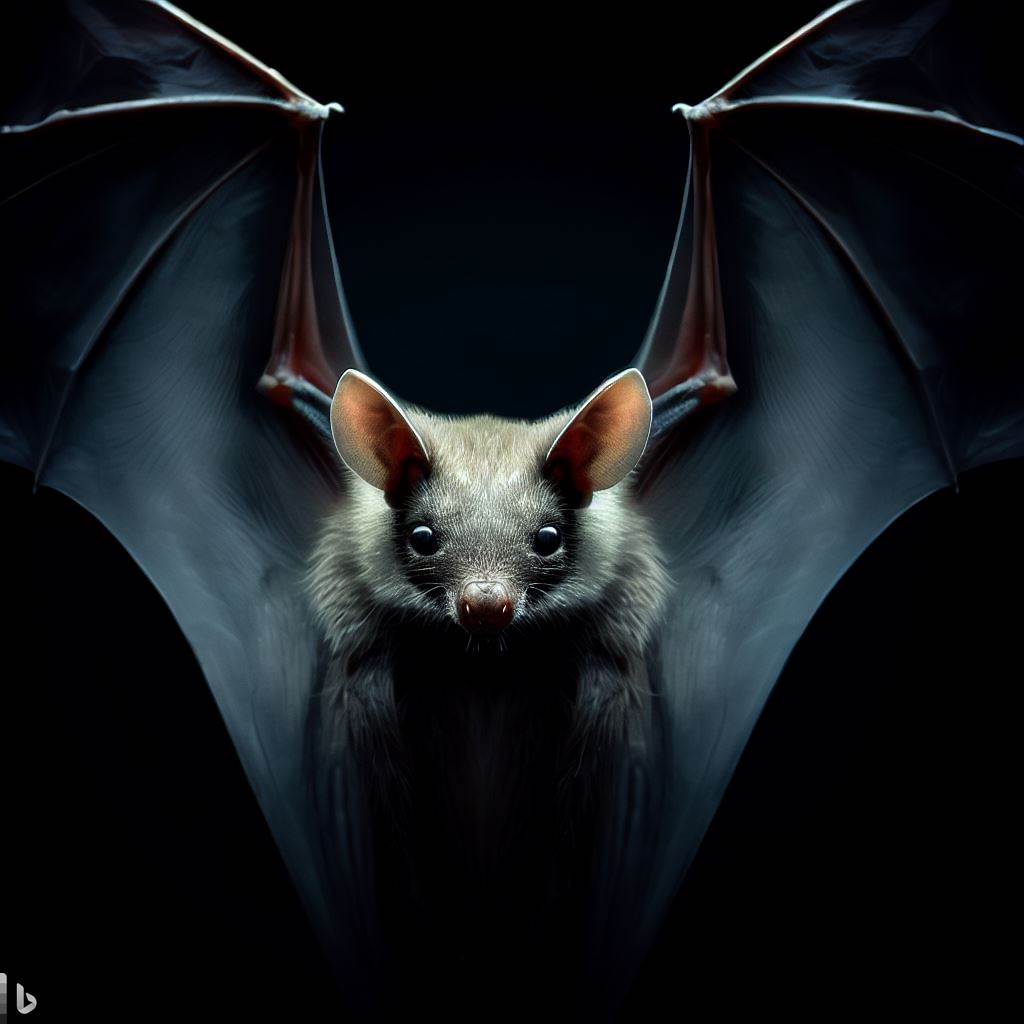
ECO-FRIENDLY PEST CONTROL INC.
Sun - Thur: 8AM - 8PM

Sun - Thur: 8AM - 8PM

Bats are intriguing creatures that have captured the imagination of humans for centuries. With their unique ability to fly and their important ecological role as pollinators and insect controllers, bats play a crucial part in our ecosystems. In this article, we will delve into the life and habits of bats, shedding light on their behavior, habitat, feeding patterns, and more.
1. Habitat and Distribution: Bats can be found in various habitats worldwide, excluding extremely cold regions. They inhabit diverse environments such as forests, deserts, caves, and urban areas. Depending on the species, bats may prefer roosting in trees, caves, or man-made structures like buildings and bridges.
2. Nocturnal Lifestyle: Most bats are nocturnal, meaning they are active during the night. They possess exceptional echolocation abilities, emitting high-frequency sounds and using the echoes to navigate and locate their prey. This sensory adaptation allows them to fly and forage in complete darkness.
3. Diet and Feeding Patterns: Bats exhibit incredible dietary diversity. While some species feed on fruit and nectar, others are insectivorous, consuming a vast number of insects each night. There are also specialized bat species that feed on fish, blood, or even other bats. Their feeding habits contribute to pest control and plant pollination, making them valuable contributors to ecosystem balance.
4. Roosting and Reproduction: Bats seek out roosting sites during the day to rest and give birth. These roosts can be solitary or communal, depending on the species. Maternity colonies provide a safe environment for female bats to raise their young. Female bats typically give birth to one pup per year, and they show exceptional care and nurturing towards their offspring.
5. Social Structure and Communication: Bats exhibit various levels of social behavior. Some species live in large colonies, while others are more solitary. Within a colony, bats communicate using vocalizations, body language, and scent marking. This communication helps maintain social bonds and coordinate behaviors such as hunting and roosting.
6. Threats and Conservation: Bats face several threats, including habitat loss, climate change, and disease. White-nose syndrome, a fungal disease, has had devastating impacts on bat populations in certain regions. Conservation efforts focus on preserving their habitats, promoting public awareness, and implementing measures to mitigate disease transmission.
7. Interaction with Humans: Bats have long been the subject of myths and misconceptions, often associated with fear and darkness. However, they play an essential ecological role and offer numerous benefits to humans, including pest control and pollination. Education and understanding are vital in fostering positive attitudes towards bats and ensuring their conservation.
The life and habits of bats are fascinating and diverse. These extraordinary creatures demonstrate remarkable adaptations, ecological importance, and intriguing behaviors. By appreciating their role in the natural world and implementing conservation measures, we can coexist with bats and contribute to the preservation of these invaluable species.